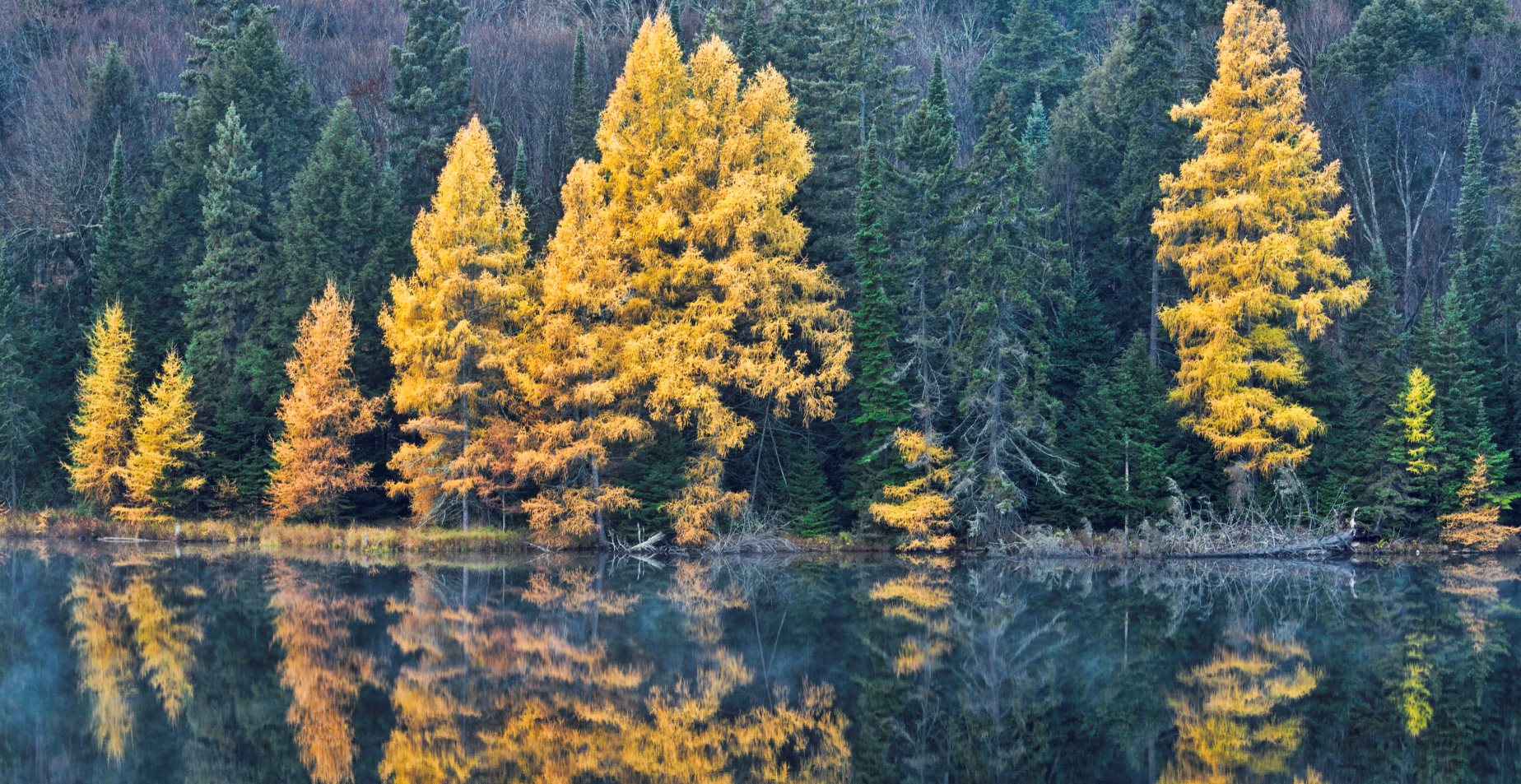
Based on writing by Dr. Lindsey Carmichael
North of the tree line, beyond where trees can grow, lies Canada’s Arctic tundra. Inuit peoples, who have lived here for thousands of years, would either head south to the treeline or rely on driftwood to obtain wood for houses, kayaks, sleds, tools and toys. Though void of trees, tundra is land that sits on top of frozen soil, rock and sediment known as permafrost.
Permafrost is responsible for the tundra’s climate, wildlife, ecology, water drainage and soil, but it doesn’t always occur everywhere in the tundra. Sometimes, majestic geometric patterns appear in the ground, called tundra polygons, when permafrost is patchy. Even though it’s a special feature of areas near glaciers and ice sheets, researchers don’t all agree on how or why they form. It covers thousands of square miles in the Arctic. You can see a beautiful example of this below, photographed near Tuktoyaktuk, Northwest Territories, Canada.
It was also near Tuktoyaktuk that archaeologists in 2015 unearthed a 400-year-old wooden house big enough for several families. The house was built from driftwood carried by the Mackenzie River. Locals have Traditional Knowledge of houses like this one, but no one living had ever seen one before.
In Northern Quebec, the Nunavimmiut (Inuit of Nunavik) also remember using the driftwood that travelled north on ocean currents in Hudson Bay. Because of its strength and flexibility, pingik (tamarack) was a favourite species of driftwood to use. Today, most people use commercial lumber but many still own items made with driftwood.

Tamarack trees on the lake (Credit: Ontario Tourism)
Tamarack Trivia
Find out more about the official tree of the Northwest Territories!
- Winter’s best tree friend: Tamaracks are very resistant to cold and can survive temperatures of −65 °C
- Toeing the line: They commonly grow at the edge of the tundra at the Arctic tree line but are found in every province and territory in Canada!
- Tiny trees: They can be 20m tall, but in the most severe conditions, tamarack trees are small and can be only 5m tall.
- Low maintenance: Though they can grow in a different types of soil, most grow in swamps, bogs or muskegs
- First come, first served: They are usually the first tree to grow in bogs and can successfully flourish after a forest fire.
- Rosy seeds: Tamarack seeds are protected in the maroon-coloured female cones, while tamarack pollen are found inside the yellow male cones. Looking like tiny roses, the female cones also have needles at their base that are bluer than the needles on the tree itself.
- Soakin’ in the rays: These trees need a lot of sunlight to grow
- Golden glow: They look great in the fall with their brilliant yellow leaves, which are blue-green during the rest of the year
- Best of both worlds: You may have heard of deciduous trees, the trees with leaves that fall off every autumn, and you may have heard of coniferous trees, the ones that have needles that stay on. Well, the tamarack is both! As a deciduous conifer, its needles will turn yellow in autumn and then fall!
Learn more
- Get a copy of Dr. Lindsey Carmichael’s latest 2021 Yellow Cedar Award nominated book, The Boreal Forest: A Year in the World’s Largest Land Biome!
- Canadian Inuit peoples – Inuit Tapiriit Kanatami
- What happens to trees in the winter? – Ontario Parks
- Tamarack – Ontario
- Tamarack – Tree Canada
- Tamarack – University of Guelph
- Tamarack Factsheet – Natural Resources of Canada




































